6 great companions for fruit trees
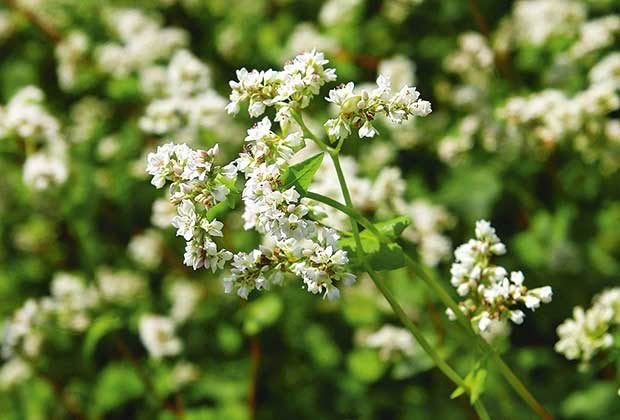
Buckweat is a natural weed suppressor in autumn.
Give fruit trees a friend for better pollination, beneficial insects, and more surface minerals.
Words: Nadene Hall
Permaculture guidelines recommend planting companions underneath fruit trees to help with pollination, to attract beneficial insects which predate the non-beneficial insects, to bring up moisture and minerals to the surface, passing them onto the tree when they eventually die down, forming a natural mulch.
Whatever you plant, keep it around 1m from the trunk, to help protect the root system of your fruit trees.
1. Bergamot/bee balm
This is an aromatic family of herbs, which means you gain an eye-catching flowering plant which bees and other pollinators love, and its flowers and leaves can also be used in your cooking.
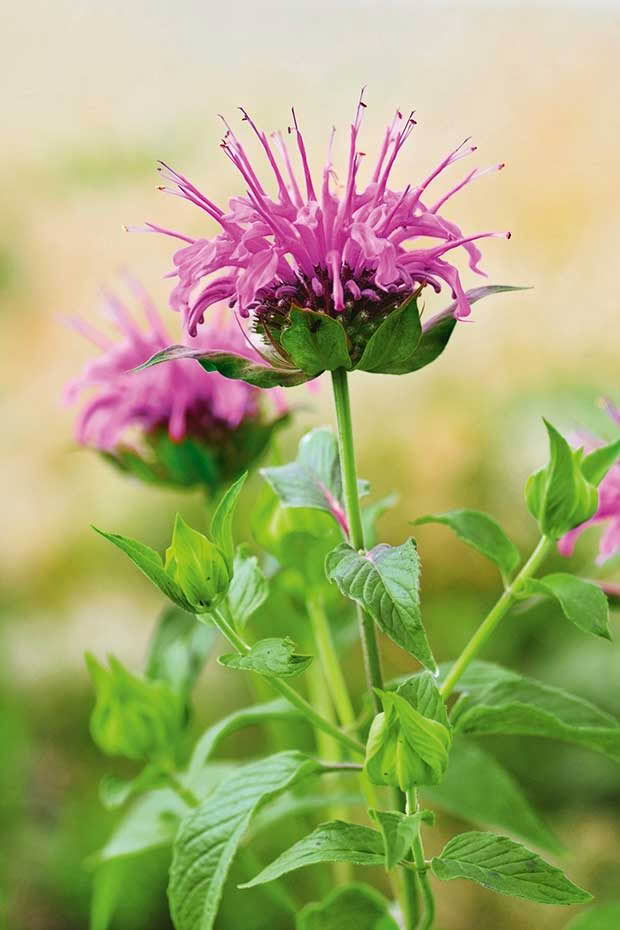
Monarda fistulosa grows to 1m high, has an edible sweet flower, and both leaves and flowers can be used as a tea to help with a sore throat.
Bergamot lemon (Monarda citriodora) grows to 60cm and has very pretty white or pink flowers, and young leaves can be used to give a strong lemon flavour to dishes.
2. Chives
Allium schoenoprasum
Chives are prized for their ability to repel some insects (like aphids) due to sulphur compounds in the foliage.
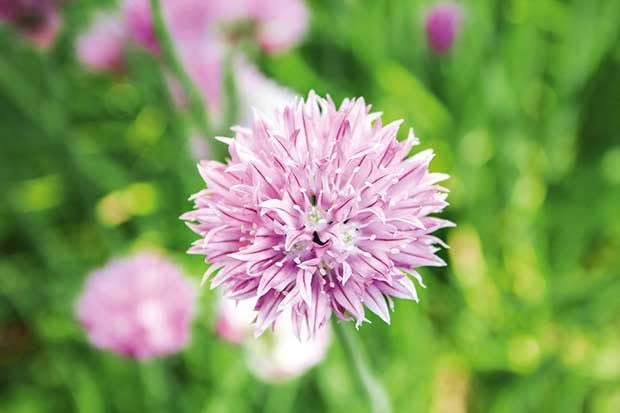
The flowers are also loved by bees, giving you another excellent pollinator for trees and plants, and the stalks can be used in cooking.
3. Daffodils
The later winter blooms bring in the pollinating insects, helping to ensure your trees are pollinated from first bud burst.
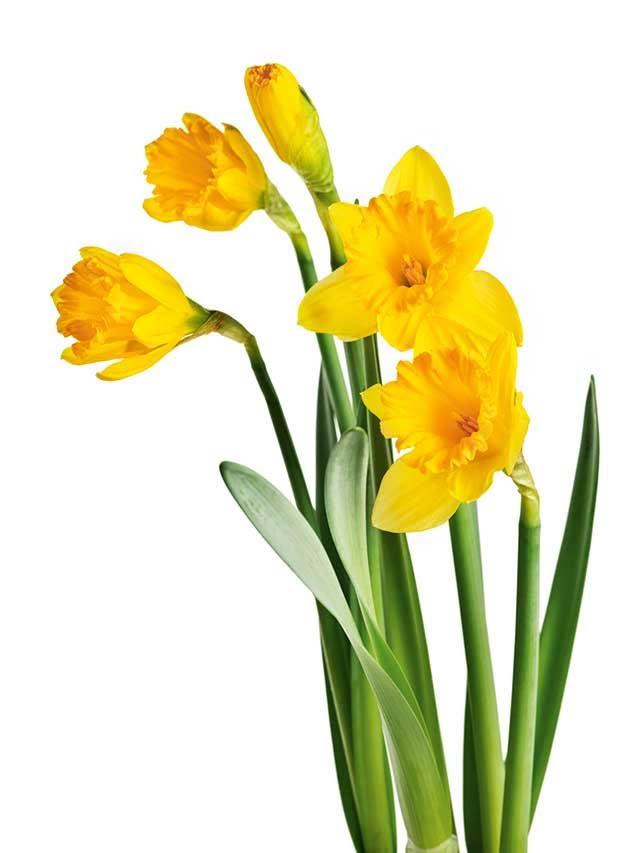
4. Cow parsley
Anthriscus sylvestris
This a wild member of the carrot family – you’ll find it growing wild on roadsides – and the Biological Husbandry Unit (BHU) at Lincoln University have found it offers a range of benefits in an orchard, especially when grown around and under apple trees:
• a wide season of flowering providing food for beneficial insects;
• perennial growth habit requiring little maintenance;
• it outcompetes grass species that would otherwise reduce apple yields;
• it eliminates the need for herbicide strips or mulching;
• it provides a habitat for beneficial insects;
• its tap roots do not compete strongly with apple tree roots;
• it increases rate of leaf litter decomposition which provides nutrient cycling and disease prevention benefits;
• it traps black spot fungal spores that are shot up in the spring air from the fungus (which overwinters in leaf litter).
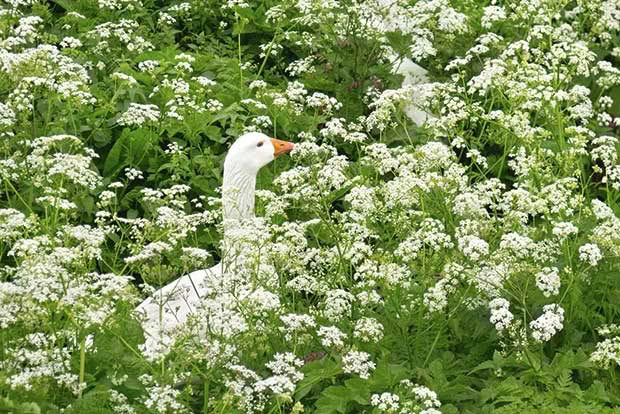
Alternatives: wild carrot, wild parsnip, dill and coriander, but they do not have them same protracted flowering period or persistence.
5. Buckwheat
Fagopyrum esculentum
This is a fantastic weed suppressor in autumn – it can even outcompete couch – plus a rich food source for bees, and it produces an edible grain.
The BHU reports vineyard Waipara Hills grows buckwheat in every 10th row of vines and has found it successfully helps to control leafrollers (no insecticide was required) over summer because it is a great food source for parasitoid wasps.
Other experiments on the BHU farm have shown it also helps feed parasitoid wasps that predate wheat aphids and the diamondback moth.
The result was buckwheat (and also phacelia, which also tested well) is now planted throughout the BHU gardens every 20m in sequence (so it is constantly in flower) to provide protection against aphid and caterpillar damage.
6. Comfrey
Symphytum officinale
Citrus has very shallow roots. Comfrey provides a deep rooting, non-competitive understorey that effectively brings nutrients up from lower in the soil profile and fulfils other roles such as outcompeting weeds and grasses and improves soil condition.
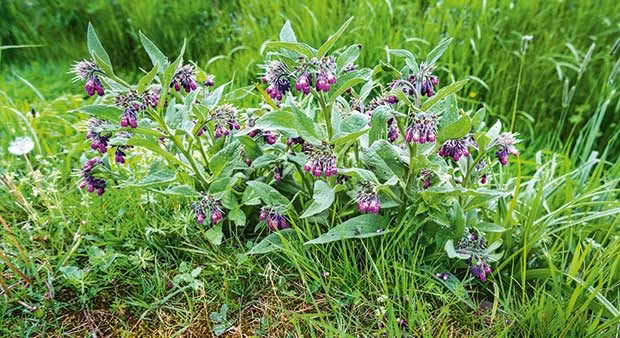
A further refinement to the system is that ducks or geese can be used to graze and manage the height of the comfrey.
NOTE: Comfrey can be invasive and will grow from any taproot left behind in the soil. This is why it’s often used free range in orchards, but is better controlled (eg, in pots) in a garden.
Source: Perennial Crop Understoreys
MORE HERE:
Love this story? Subscribe now!
 This article first appeared in NZ Lifestyle Block Magazine.
This article first appeared in NZ Lifestyle Block Magazine.
